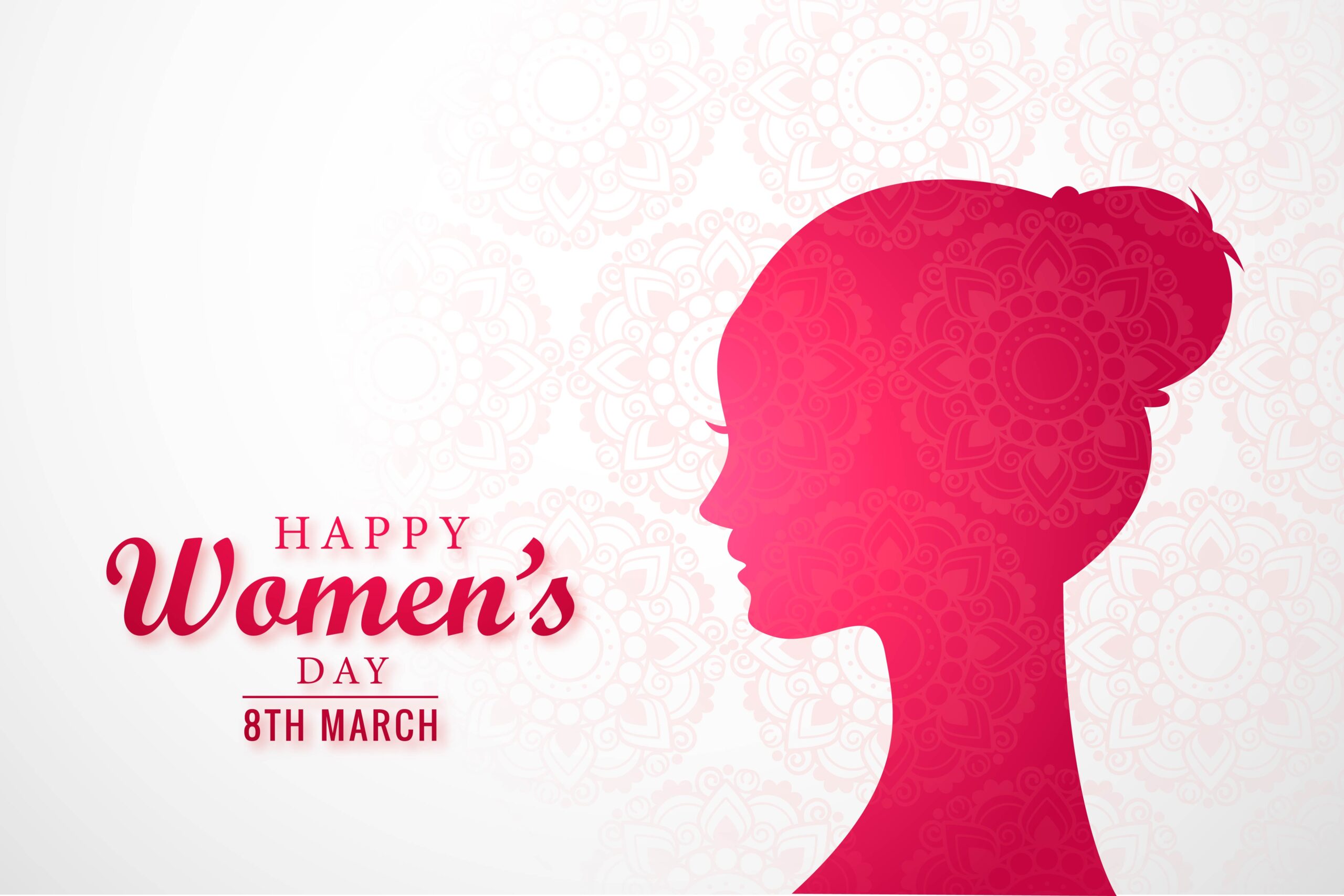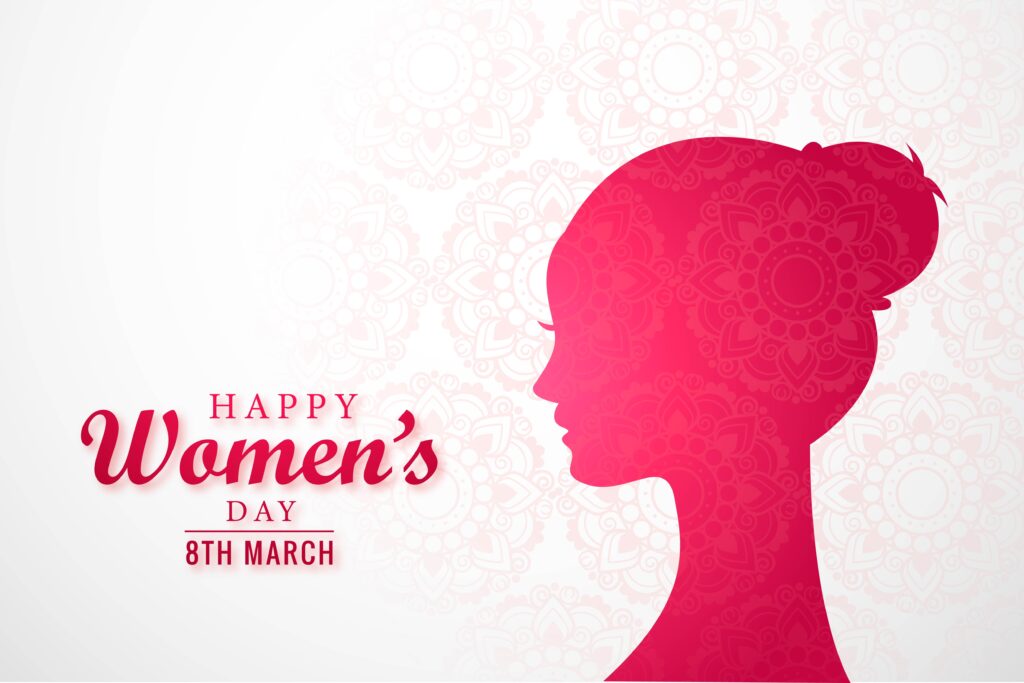The Significance of International Women’s Day

The origins of International Women’s Day can be traced back to the early 1900s. At the time, women worldwide were fighting for their rights, including the right to vote, better working conditions, and equal pay. In 1908, thousands of women took to the streets of New York City to demand better working conditions and suffrage. A year later, the first National Women’s Day was celebrated in the United States on February 28th.
In 1910, at an international conference of working women in Copenhagen, Denmark, Clara Zetkin, a German socialist, proposed that a day be set aside each year to celebrate women and their accomplishments. The proposal was unanimously accepted, and the first International Women’s Day was celebrated on March 19th, 1911, in Austria, Denmark, Germany, and Switzerland.
Since then, International Women’s Day has grown into a global event that celebrates women’s social, economic, cultural, and political achievements. It is a day to recognize the progress that has been made in the fight for gender equality and to raise awareness of the ongoing struggles women face.
One of the critical goals of International Women’s Day is to promote gender equality. Despite significant progress, women still face discrimination, inequality, and violence worldwide. The day provides an opportunity to raise awareness of these issues and to advocate for change.
International Women’s Day is celebrated in different ways around the world. In some countries, it is a public holiday; in others, it is a day of protest and political activism. Women and men come together to celebrate women’s achievements, discuss the challenges that still need to be overcome, and advocate for gender equality.
In conclusion, International Women’s Day is an important day that recognizes women’s social, economic, cultural, and political achievements. It is also a day to reflect on women’s ongoing struggles and advocate for gender equality. The day reminds us that progress has been made, but work is still to be done.
Progress Made for Women’s Rights and Gender Equality
Over the years, significant milestones in the women’s rights movement have led to progress in gender equality. These milestones have contributed to women’s empowerment in politics, education, and the workplace. Furthermore, the impact of women’s advocacy on society must be balanced.
Key Milestones in Women’s Rights Movements
The women’s rights movement has a long history, and there have been several significant milestones in the fight for gender equality. These include:
Women’s Suffrage: One of the most significant milestones in the women’s rights movement was the fight for suffrage. Women’s right to vote was granted in the early 20th century, with New Zealand leading the way in 1893, followed by Australia, Canada, the United Kingdom, and the United States.
The Civil Rights Movement: The Civil Rights Movement in the 1960s not only fought for racial equality but also for gender equality. This led to the passing of the Civil Rights Act in 1964, which outlawed discrimination based on race, color, religion, sex, or national origin.
The Women’s Liberation Movement: The Women’s Liberation Movement emerged in the 1960s and 1970s and aimed to challenge gender roles and traditional ideas of femininity. This led to laws that prohibited gender discrimination in the workplace and education.
Women’s Empowerment in Politics, Education, and the Workplace
Thanks to the progress made in the women’s rights movement, women have been empowered in several areas, including:
Politics: Women’s representation in politics has increased significantly in recent years. In 2021, 22 countries had women serving as heads of state or government. Additionally, women’s representation in national parliaments has increased from 11.3% in 1995 to 25% in 2020.
Education: Women’s access to education has improved significantly in recent years. The global gender gap in primary education has been closed, and there has been progress in secondary and tertiary education.
Workplace: Women have made significant progress in the workplace, with more women in leadership positions than ever before. The gender pay gap has also narrowed in many countries.
The Impact of Women’s Advocacy on Society
Women’s advocacy has had a significant impact on society. For example, the #MeToo movement increased awareness of sexual harassment and assault and has contributed to changes in laws and policies. Additionally, women’s advocacy has increased representation in politics, education, and the workplace.
In conclusion, the women’s rights movement has significantly promoted gender equality. Key milestones in the fight for women’s rights, women’s empowerment in politics, education, and the workplace, and the impact of women’s advocacy on society all demonstrate that progress is possible. However, there is still work to achieve true gender equality.
Challenges Facing Women Today
Despite the progress made in the women’s rights movement, women still face significant challenges today. These challenges include gender-based violence and discrimination, the gender pay gap, the lack of representation of women in leadership positions, and the unique challenges faced by women of color, LGBTQ+ women, and women with disabilities.
Gender-Based Violence and Discrimination
Gender-based violence and discrimination remain significant challenges for women around the world. This includes sexual harassment, domestic violence, and human trafficking. According to the United Nations, one in three women worldwide has experienced physical or sexual violence in their lifetime. Discrimination against women can also take many forms, including pay inequality, limited education access, and restricted workplace opportunities.
Gender Pay Gap and Unequal Access to Economic Opportunities
The gender pay gap and unequal access to economic opportunities are significant challenges for women worldwide. Women are often paid less than men for doing the same work and are more likely to work in low-paid and insecure jobs. This inequality is even more pronounced for women of color, who often face more significant obstacles in accessing economic opportunities.
Lack of Representation of Women in Leadership Positions
Research has shown that having more women in leadership positions can lead to better outcomes for women and society. Women still need to be represented in leadership positions in many areas, including politics, business, and the media. This lack of representation can make it difficult for women’s voices to be heard and their needs and concerns to be addressed.
Intersectionality and the Unique Challenges Faced by Women of Color, LGBTQ+ Women, and Women with Disabilities
Intersectionality refers to how different forms of oppression intersect and compound, making it even harder for marginalized groups to overcome discrimination and achieve equality. Women of color, LGBTQ+ women, and women with disabilities often face unique challenges that can compound and exacerbate the challenges women face. For example, women of color may face discrimination based on both their gender and their race, while LGBTQ+ women may face discrimination based on both their gender and their sexual orientation.
In conclusion, there are still significant challenges facing women today, including gender-based violence and discrimination, the gender pay gap, the lack of representation of women in leadership positions, and the unique challenges faced by women of color, LGBTQ+ women, and women with disabilities. We must continue to work towards gender equality and address these challenges to ensure that all women have the opportunity to thrive and reach their full potential.
Ways to Promote Gender Equality and Women’s Empowerment
While there are still significant challenges facing women today, there are also many ways that we can work towards promoting gender equality and women’s empowerment. Here are some key strategies:
Advocating for Policy Changes to Address Gender Inequality
One of the most effective ways to promote gender equality is to advocate for policy changes that address gender inequality. This includes supporting equal pay for equal work, expanding access to education and healthcare for women and girls, and implementing laws and policies that protect women from discrimination and violence.
Promoting Women’s Education and Leadership
Investing in women’s education and leadership is essential to promoting gender equality and women’s empowerment. This includes providing opportunities for girls to attend school, supporting women in pursuing higher education and leadership positions, and creating mentorship programs that help women advance in their careers.
Encouraging Gender Equality in the Workplace
Promoting gender equality in the workplace is also critical to promoting women’s empowerment. This includes policies that ensure equal pay for equal work, providing family-friendly policies such as paid parental leave and flexible work arrangements, and creating a work environment free from discrimination and harassment.
Addressing Gender-Based Violence and Discrimination
Addressing gender-based violence and discrimination is essential to promoting women’s empowerment. This includes providing support services for survivors of violence, implementing laws and policies protecting women from violence and discrimination, and working to change societal attitudes perpetuating gender-based violence.
Supporting Women-Led Initiatives and Organizations
Supporting women-led initiatives and organizations is essential to promote gender equality and women’s empowerment. This includes supporting women’s rights organizations, investing in women-owned businesses, and promoting women’s participation in politics and decision-making.
In conclusion, promoting gender equality and women’s empowerment requires a multifaceted approach that addresses the root causes of gender inequality and empowers women to achieve their full potential. By advocating for policy changes, promoting women’s education and leadership, encouraging gender equality in the workplace, addressing gender-based violence and discrimination, and supporting women-led initiatives and organizations, we can work towards creating a more equitable and just society for all.
Conclusion
International Women’s Day is a time to celebrate the achievements of women throughout history and recognize the ongoing work that still needs to be done to promote gender equality and women’s empowerment. While significant progress has been made in the women’s rights movement, there are still many challenges facing women today.
We must continue to work towards creating a more equitable and just society for all. This requires ongoing efforts to promote gender equality through policy changes, education and leadership programs, workplace initiatives, and support for women-led enterprises and organizations. We must also address the unique challenges faced by marginalized groups of women, such as women of color, LGBTQ+ women, and women with disabilities.
As we celebrate the achievements of women and reflect on the challenges that still lie ahead, we must remain committed to promoting gender equality and women’s empowerment. By working together, we can create a world in which all women have the opportunity to thrive and reach their full potential.
Read More





